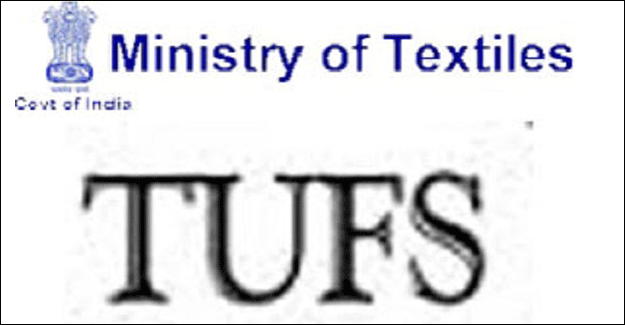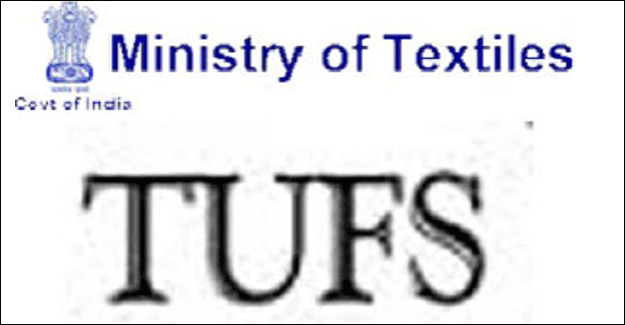
Domestic Rating Agency Icra Calls For Budgetary Hike In Subsidy Allocation For Textile Sector
The domestic rating agency Icra was of the opinion that in the soon to come Union budget, allocations should be made adequately for the ongoing schemes like refund of state levies and interest subvention benefits. “This will go a long way in improving the competitiveness of textile exporters,” the agency said in its report.
The report pointed out that the textile industry has so far had a robust 13 percent share in the country’s export earnings, adding, “The textile sector is however, faced with a lot of pressure in recent times.” The report stressed on the current pressures being faced by the textile sector stating, “Apparel exports have managed to register a relatively slow growth pace owing to competitive pressures. In the same vein, yarn exports are also facing competitive pressure. There are two contributing factors to this, namely the decline in demand from China and India losing market share in the Chinese yarn market.”
The report was a pre-budget note issued by the Icra. It noted that, India is still heavily dependent on textile intermediaries to accrue export earnings. There is ample scope for value-addition. This calls for investments being made in the downstream segments like apparel and home textiles.
The Icra note referred to the scaling down of the budgetary allocation for the Technology Upgrade Fund Scheme (TUFs). The government had reduced it steeply by 23 percent to INR 2,013 crore in 2017-18 from a healthy INR 2,610 for the budgetary year 2016-17. According to a senior officer in Icra, the scale down has brought down the figures lower than even the allocations that were made in 2014-15.
The pre-budgetary note emphasized that the level of subsidies made available under the TUFs has a pivotal role to play in attracting investments towards the textile sector. Any tightening of purse strings in this allocation significantly reduces the capacity additions. The Icra pointed out that the government needs to provide higher allocations to the TUFs subsidy for the year 2018-19. This in turn will enhance investments in the downstream segments and facilitate higher value additions. “To sum up, this will result in a robust contribution to the national GDP from the textile sector and boost the country’s forex earnings,” the senior officer said.
The rating agency provided an estimate which stated apparel exports might scale up anywhere between 3 to 3.5 times in the event the raw materials and intermediaries that are being exported get further processed into apparels. The estimate also mentioned that in case of cotton-based apparel exports can get doubled and effect a 50 percent value addition in the total textile exports.
Currently the small and medium enterprises dominate the textile sector. The sector is again constrained by two factors, namely infrastructure bottlenecks and dispersed value chain. The report emphasized that continued funding of textile parks and allocation towards setting up of infrastructure will enhance the textile sector’s performance in terms of contribution to the GDP.

Textile Excellence
If you wish to Subscribe to Textile Excellence Print Edition, kindly fill in the below form and we shall get back to you with details.








